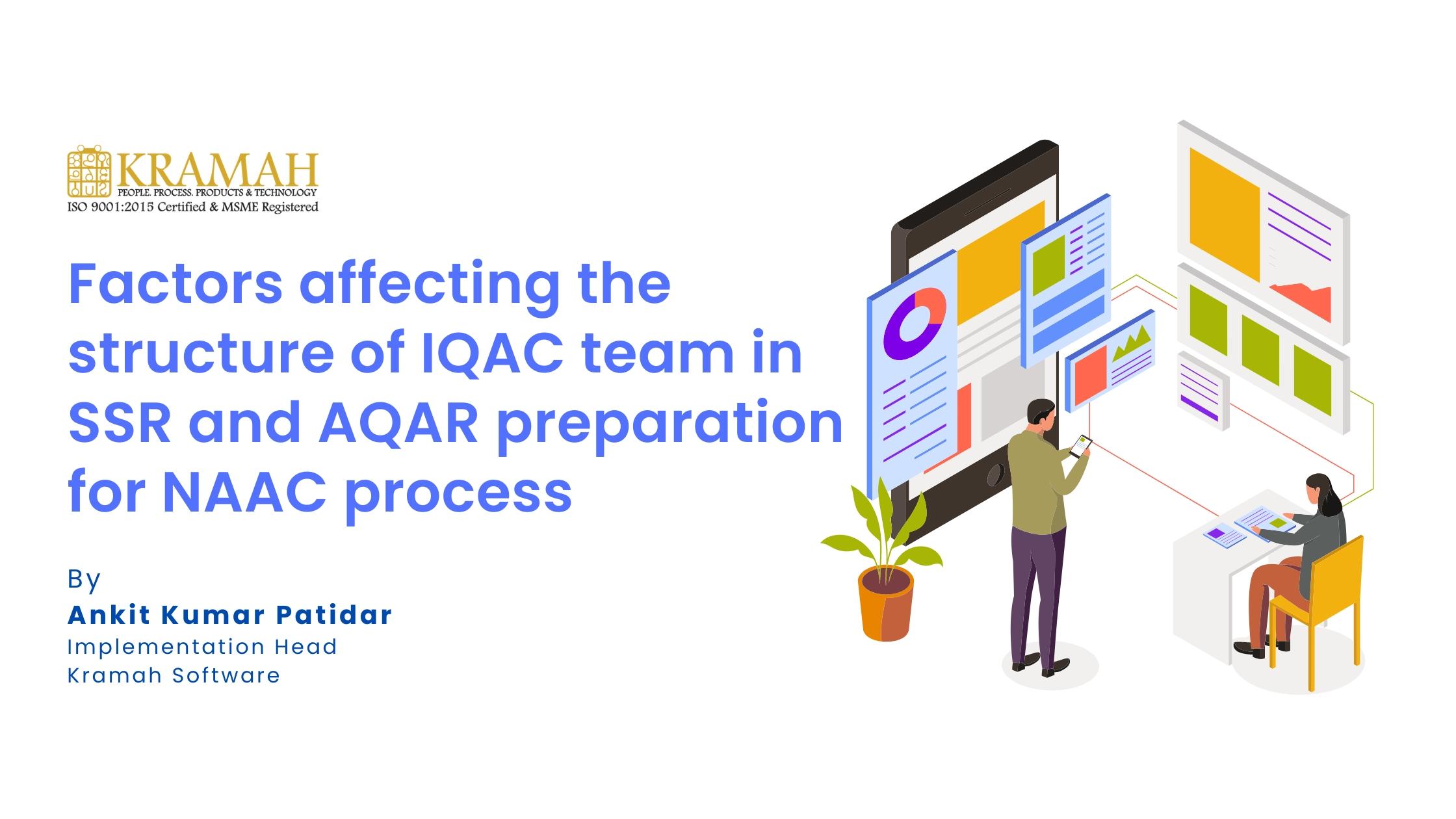Designing Global Curriculum for Indian Students
Key Tips and Considerations
By, Mahima Jagadeesh

Introduction
Education plays a pivotal role in shaping the future of individuals and societies. For Indian students worldwide, designing a curriculum that caters to their diverse needs and backgrounds is essential for fostering inclusive learning environments and ensuring academic success.
Cultural Sensitivity
Acknowledging Diversity
India is a melting pot of cultures, languages, traditions, and practices. A curriculum designed for Indian students worldwide must acknowledge this rich diversity and incorporate elements that reflect various cultural nuances.
Promoting Inclusivity
Inclusivity is paramount in curriculum design. By embracing diversity and promoting cultural sensitivity, educators can create a learning environment where every student feels valued and respected.
Flexibility
Adapting to Socio-economic Backgrounds
Indian students worldwide come from varied socio-economic backgrounds. A flexible curriculum ensures that educational opportunities are accessible to all, regardless of financial constraints.
Catering to Different Learning Styles
Every student has a unique learning style. By recognizing and accommodating these differences, educators can tailor their teaching methods to better suit the individual needs of each student.
Global Perspective
Importance of Global Awareness
In today’s interconnected world, global awareness is essential. A curriculum that incorporates global perspectives equips Indian students with the knowledge and skills needed to thrive in an increasingly globalized society.
Cross-cultural Communication
Effective communication across cultures is vital for success in the global arena. By exposing students to diverse cultures and fostering cross-cultural communication skills, educators prepare them for interactions in a multicultural world.
Language Proficiency
Emphasizing Language Skills
Language proficiency, both in English and regional languages, is crucial for academic and professional success. A curriculum that offers language learning opportunities ensures that students are proficient in the languages relevant to their context.
Supporting Language Learners
For students learning a new language, additional support is essential. Providing resources and assistance to language learners helps them overcome language barriers and fully participate in the learning process.
Relevance
Making Curriculum Applicable
A relevant curriculum resonates with students’ experiences and aspirations. By incorporating real-life examples, case studies, and projects, educators make learning meaningful and engaging for Indian students worldwide.
Incorporating Relatable Examples
Connecting learning content to students’ lives enhances comprehension and retention. Including examples that students can relate to ensures that the curriculum remains engaging and relevant.
Technology Integration
Leveraging Online Tools
Technology offers endless possibilities for enhancing learning experiences. Integrating online platforms, multimedia resources, and interactive tools into the curriculum makes learning more accessible and engaging for Indian students worldwide.
Enhancing Accessibility
Technology can bridge geographical barriers and bring education to students wherever they are. By leveraging technology, educators can ensure that all Indian students have access to quality education, regardless of their location.
Life Skills
Developing Essential Competencies
In addition to academic knowledge, students need essential life skills to succeed in today’s world. A curriculum that focuses on critical thinking, problem-solving, communication, and cultural competence equips Indian students with the skills they need to navigate diverse environments and thrive in the global workforce.
Navigating Diverse Environments
In a globalized world, cultural competence is essential. By fostering an understanding of diverse cultures and perspectives, educators empower Indian students to navigate diverse environments with confidence and respect.
Community Engagement
Fostering Virtual Collaboration
Virtual collaboration offers opportunities for Indian students worldwide to connect and collaborate. By fostering virtual communities and platforms for collaboration, educators create spaces where students can learn from each other and engage in meaningful dialogue.
Connecting with Indian Communities
Staying connected with Indian communities, both locally and internationally, strengthens students’ sense of identity and belonging. Encouraging students to engage with Indian communities fosters a deeper appreciation of their cultural heritage and strengthens ties with their roots.
Continuous Evaluation and Improvement
Importance of Feedback
Feedback is essential for continuous improvement. Regularly seeking input from students, educators, and stakeholders allows curriculum designers to identify areas for improvement and make adjustments to better meet the needs of Indian students worldwide.
Iterative Curriculum Development
Curriculum development is an ongoing process. By embracing an iterative approach and continually evaluating and refining the curriculum, educators ensure that it remains relevant, effective, and responsive to the evolving needs of Indian students worldwide.
Conclusion
Designing a curriculum for Indian students worldwide requires a holistic approach that takes into account their diverse backgrounds, needs, and aspirations. By incorporating principles of cultural sensitivity, flexibility, global perspective, language proficiency, relevance, technology integration, life skills, community engagement, and continuous evaluation and improvement, educators can create a learning experience that is engaging, relevant, and empowering for Indian students wherever they may be.
FAQs
How can educators ensure cultural sensitivity in curriculum design?
Educators can ensure cultural sensitivity by acknowledging and embracing the diversity of Indian culture and incorporating elements that reflect various cultural nuances into the curriculum.
Why is flexibility important in curriculum design for Indian students worldwide?
Flexibility is important because Indian students worldwide come from varied socio-economic backgrounds and have different learning styles and needs. A flexible curriculum ensures that educational opportunities are accessible to all students.
How can technology integration enhance learning experiences for Indian students worldwide?
Technology integration can enhance learning experiences by providing access to online platforms, multimedia resources, and interactive tools that make learning more engaging and accessible for students, regardless of their geographical location.
What role does community engagement play in curriculum design for Indian students worldwide?
Community engagement fosters a sense of belonging and connection among Indian students worldwide by providing opportunities for virtual collaboration, cultural exchange, and networking with Indian communities both locally and internationally.
Why is continuous evaluation and improvement important in curriculum development?
Continuous evaluation and improvement are important because they allow educators to gather feedback from students, educators, and stakeholders and make adjustments to the curriculum to better meet the evolving needs of Indian students worldwide.


